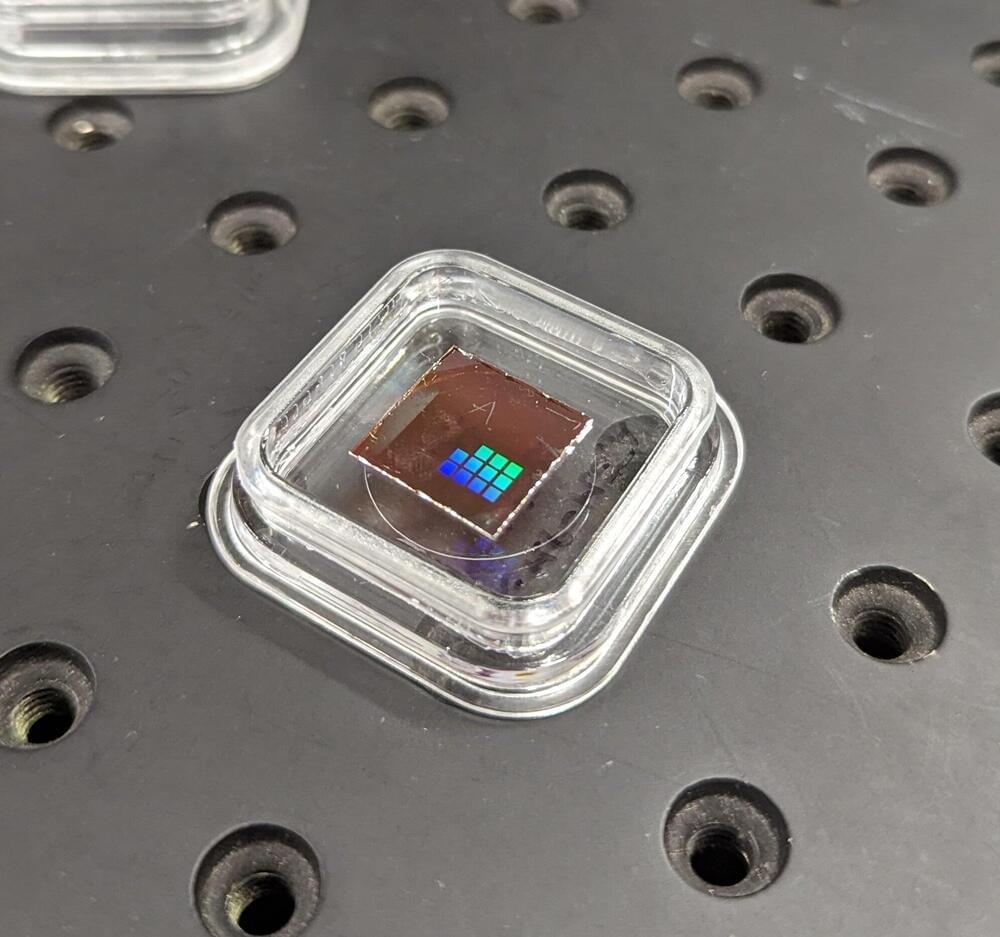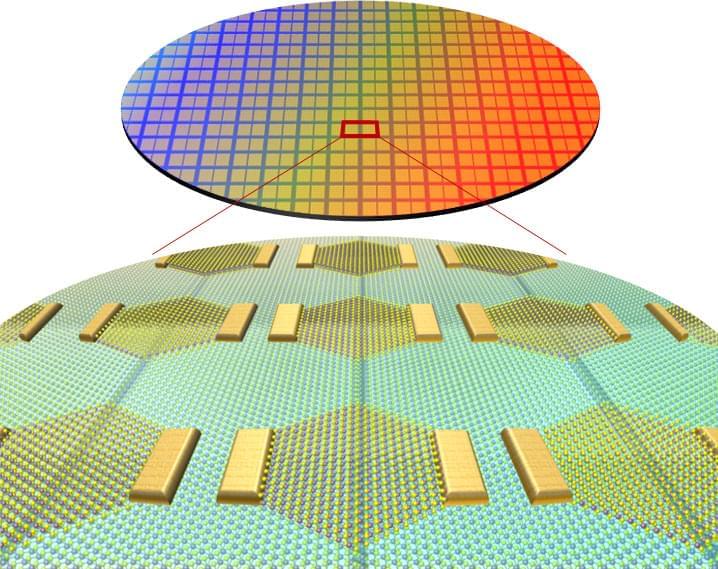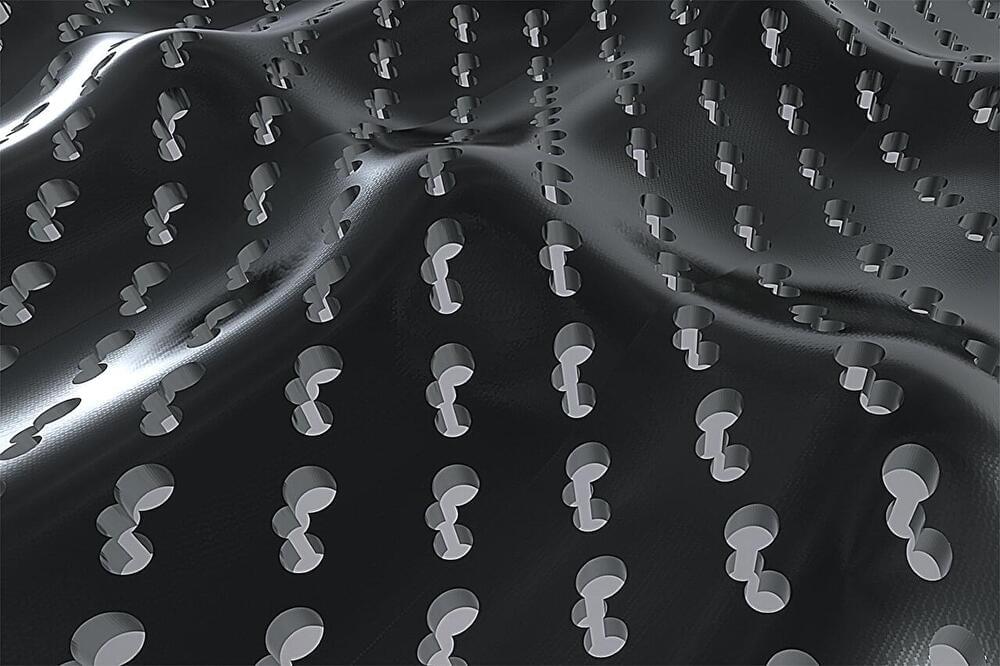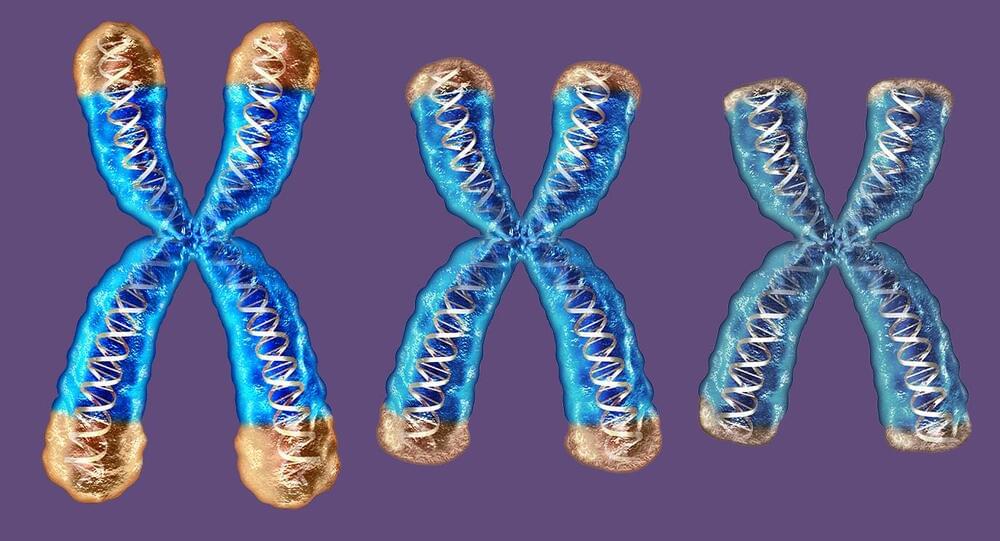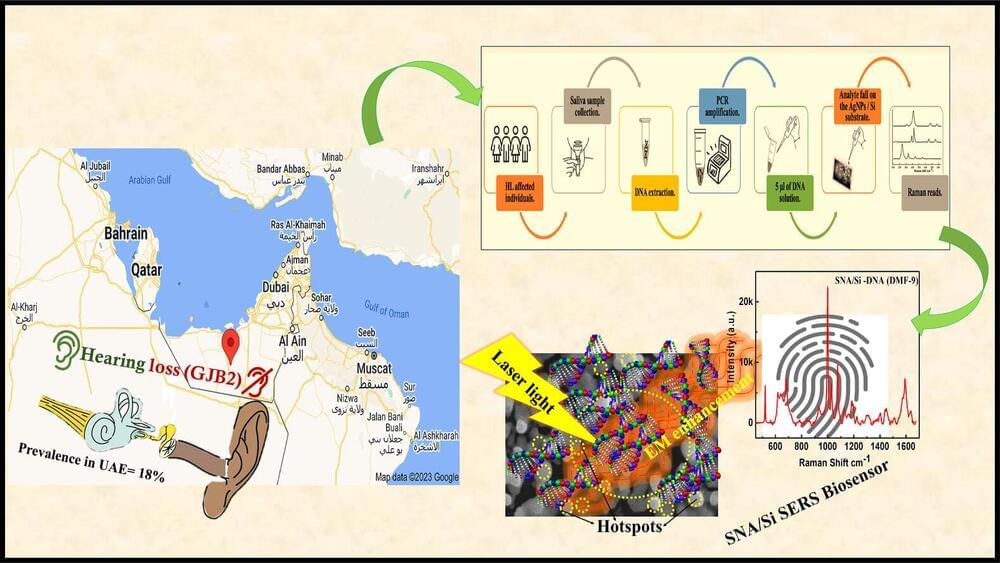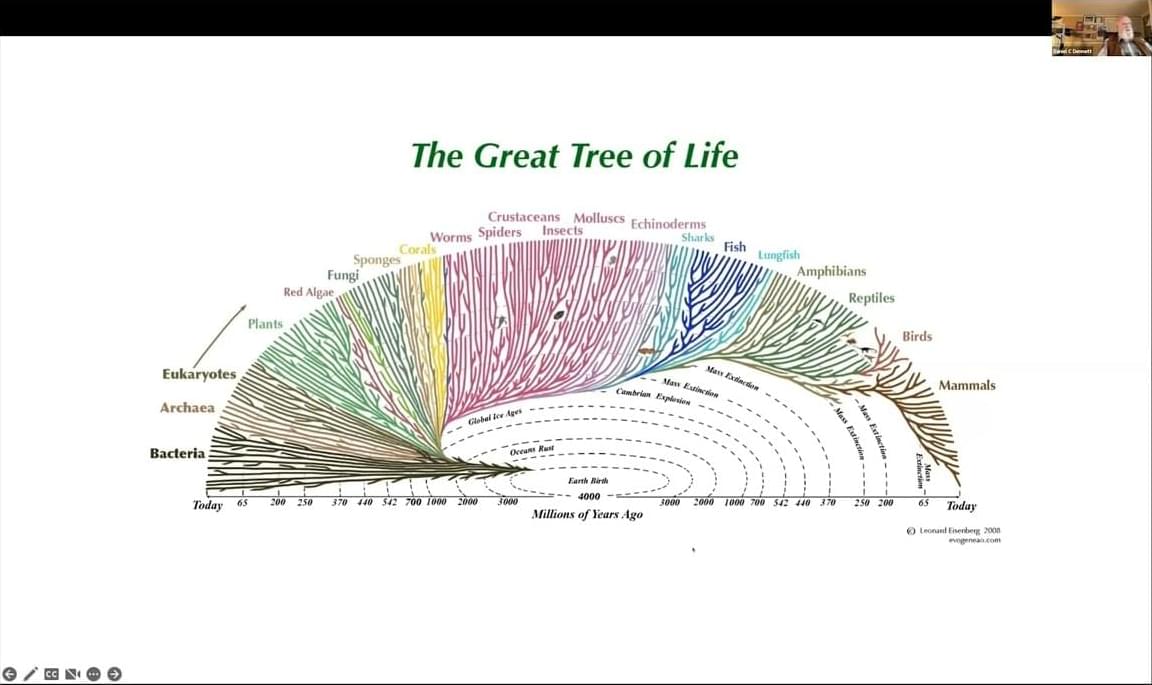Jul 3, 2024
Tiny Crop-Health Sensors could help Cut the Cost of Groceries
Posted by Natalie Chan in categories: drones, food, health
A compact, lightweight sensor system with infrared imaging capabilities developed by an international team of engineers could be easily fitted to a drone for remote crop monitoring.
This flat-optics technology has the potential to replace traditional optical lens applications for environmental sensing in a range of industries.
This innovation could result in cheaper groceries as farmers would be able to pinpoint which crops require irrigation, fertilization and pest control, instead of taking a one-size-fits-all approach, thereby potentially boosting their harvests.
